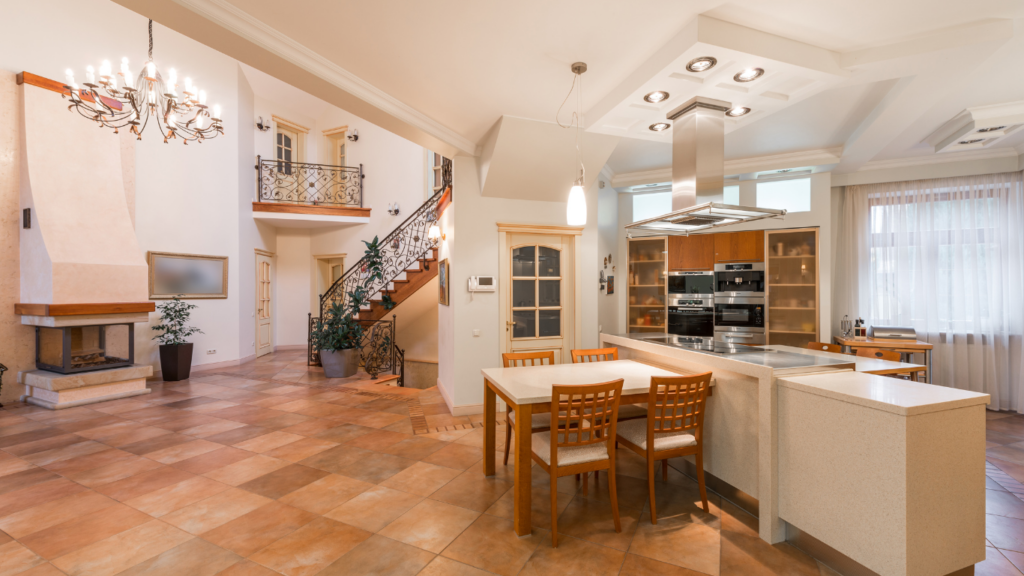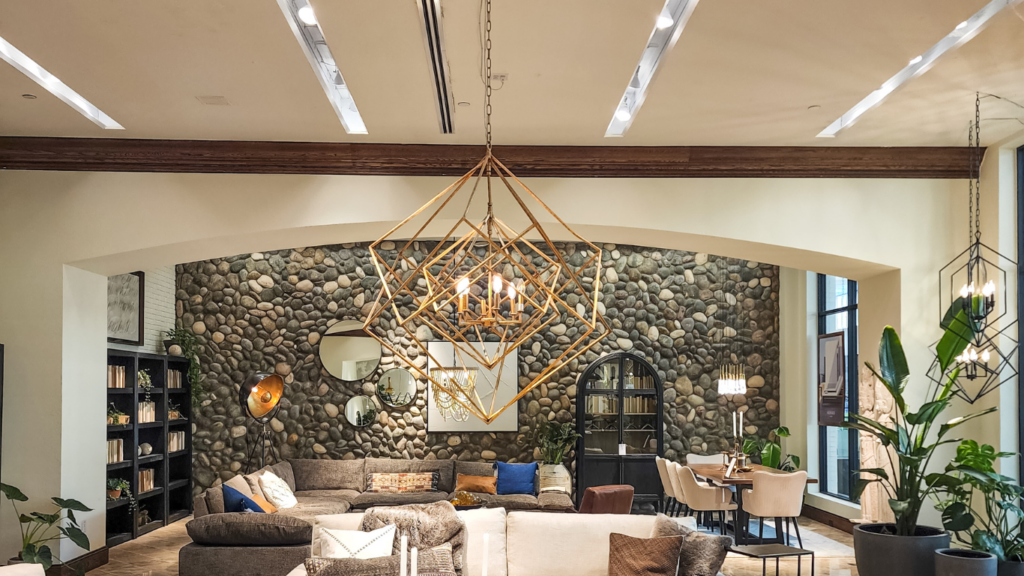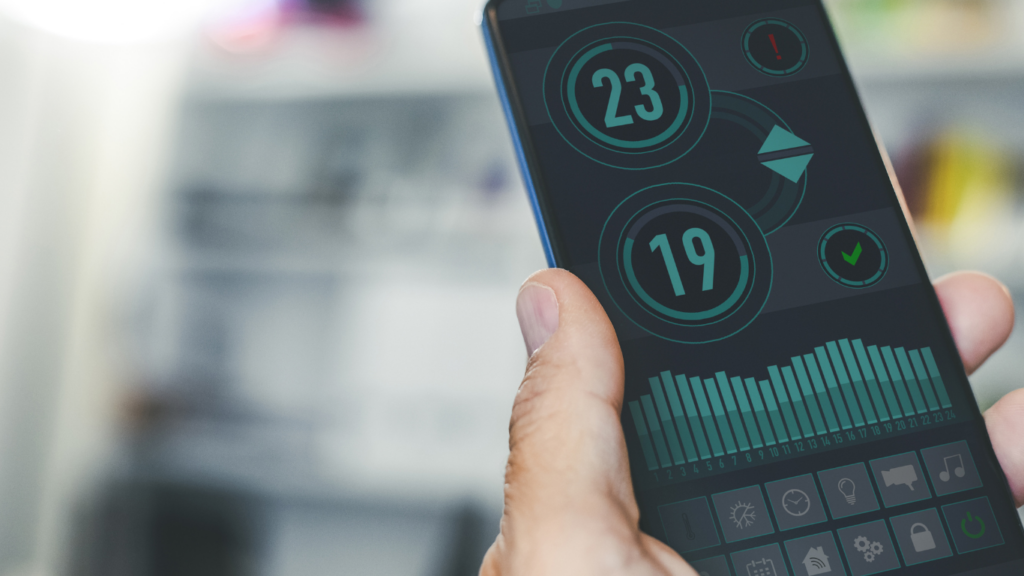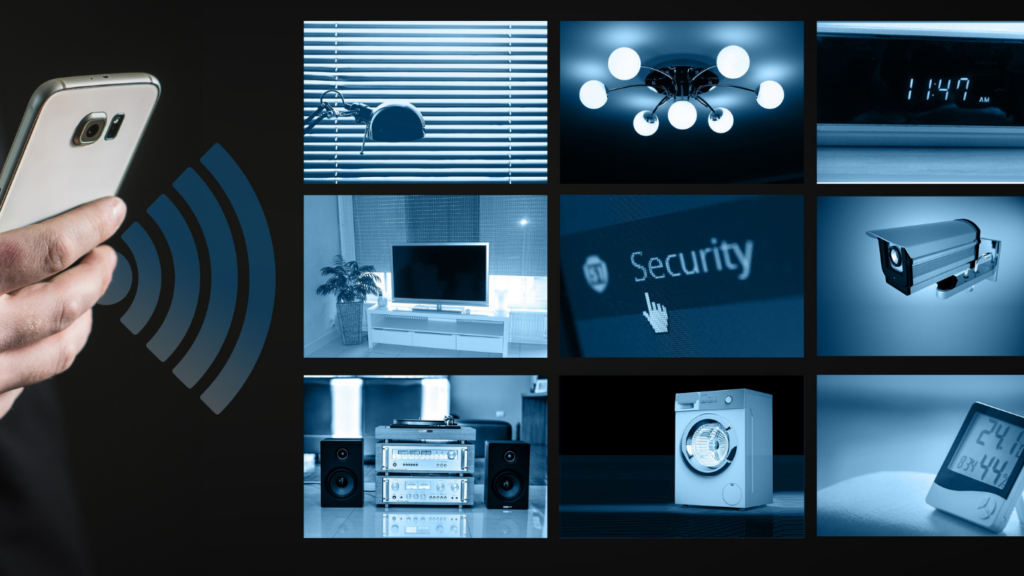Understanding Smart Lighting
Smart lighting uses advanced technology to control lighting remotely through devices like smartphones, voice assistants, and smart home systems. These systems enhance convenience, energy efficiency, and ambiance.
Components of Smart Lighting
- Smart Bulbs: These bulbs connect to your home network and offer features like dimming, color changes, and scheduling. Examples include Philips Hue and LIFX bulbs.
- Smart Switches: Replacing traditional switches, these devices allow manual control and integration with smart systems. Brands like Lutron and TP-Link offer reliable options.
- Smart Hubs: Central units like the Philips Hue Bridge or Samsung SmartThings Hub connect and control multiple smart devices, enabling seamless operation.
Key Features
- Remote Control: Control your lighting from anywhere using Wi-Fi or Bluetooth. Apps provide easy modifications to settings and schedules.
- Voice Activation: Use voice commands with assistants like Amazon Alexa, Google Assistant, or Apple Siri to adjust lighting settings.
- Automation: Set routines and timers to automate lighting schedules, enhancing convenience and efficiency.
- Energy Efficiency: LED technology in smart bulbs consumes less power and lasts longer, reducing energy bills.
- Customization: Tailor lighting to various activities and moods with color and brightness adjustments. For instance, bright white light aids concentration while warm tones enhance relaxation.
- Security: Program lights to turn on and off, simulating occupancy when away, which deters potential intruders.
Choosing the Right Smart Lights
Smart lighting sets the mood for any occasion. Selecting the right smart lights is crucial for achieving the desired ambiance.
LED vs. Traditional Bulbs
LEDs outperform traditional bulbs in several ways. Firstly, LEDs consume less energy, making them more energy-efficient. A 10-watt LED produces the same brightness as a 60-watt incandescent bulb. Secondly, LEDs last longer. Many LEDs have lifespans of over 25,000 hours, whereas traditional bulbs usually last around 1,000 hours.
LEDs also offer more features. For instance, many smart LEDs allow for color changes and dimming through apps. Unlike traditional bulbs, LEDs emit less heat, reducing fire hazards. Over time, LEDs cost less due to energy savings and longer lifespans, proving more economical long-term.
Color Temperature and Mood
Color temperature impacts the mood of a room. Warm white light (below 3000K) creates a cozy and relaxing atmosphere, perfect for bedrooms and living rooms. On the other hand, cool white light (above 4000K) energizes and suits workplaces and kitchens.
Smart lights come with tunable color temperatures. By adjusting the color temperature, you can tailor the lighting to match activities. For instance, use a warm white color when unwinding in the evening and switch to cool white for a morning boost. Many smart lights also offer RGB colors, allowing you to introduce vibrant hues for special occasions or creative projects.
Setting Up Your Smart Lighting System
When setting up your smart lighting system, having the right tools and understanding the process ensures a seamless experience.
Essential Tools and Equipment
Smart lighting setup requires specific tools and equipment:
- Smart Bulbs: LED smart bulbs that offer remote control and color customization.
- Smart Switches: Devices that replace traditional switches, allowing remote operation.
- Smart Hubs/Bridges: Central hubs that connect and control multiple smart lights and devices.
- Wi-Fi Router: Ensures smart devices remain connected and functional.
- Voice Assistants: Devices like Amazon Echo or Google Home for voice-activated control.
- Plan Your Setup: Identify the rooms and fixtures to upgrade with smart lighting.
- Install Smart Bulbs: Replace existing bulbs with smart LED bulbs, ensuring compatibility with your smart hub.
- Set Up Smart Switches: Replace old switches with smart ones, following manufacturer installation guides.
- Connect to Hub: Use the smart hub to connect all devices, following specific setup instructions.
- Configure Wi-Fi: Ensure all smart devices are connected to a stable Wi-Fi network.
- Pair with Voice Assistants: Integrate your smart lighting with voice assistants for added convenience.
- Test and Customize: Test each light, adjust settings like brightness and color, and set up automation routines to suit different moods and activities.
Creating Ambiance with Smart Lighting

Creating ambiance with smart lighting is easy and rewarding. By leveraging advanced features like dimming, color schemes, and scheduling, I can tailor lighting to enhance any setting.
Dimming and Brightness Controls
Dimming lights sets the scene for any occasion. Smart bulbs offer precise control over brightness from a smartphone app or voice command. Dimming helps create a cozy, relaxed atmosphere for evenings or an energizing bright environment for mornings. Using in-app sliders, I can adjust the intensity from 0% to 100% instantly. Lower brightness levels can reduce eye strain and create a sense of calm, perfect for unwinding after a long day.
Color Schemes and Mood Impacts
Smart lighting provides extensive color options to match any mood. Selecting the right color can significantly affect ambiance. For example, cool blues can create a serene environment, while warm reds and oranges promote a feeling of warmth and intimacy. Many smart bulbs feature millions of colors and preset scenes for specific activities. Setting a calming blue hue before bedtime can promote relaxation, whereas vibrant colors can make parties more lively. Using voice assistants or apps, I can easily switch between color schemes to suit my needs.
Timing and Scheduling Lights
Scheduling lights enhances daily routines. Smart lighting apps allow me to automate lighting, turning lights on or off at specific times. I can set morning lights to gradually increase in brightness, simulating a sunrise and easing me into the day. Evening lights can dim progressively, preparing my body for sleep. Custom schedules can align with my activities, ensuring lights are always just right. Smart lighting systems integrate with other smart home gadgets, providing seamless automation and convenience.
Integrating Smart Lighting with Other Smart Devices
Integrating smart lighting with other smart devices enhances home automation and functionality. It’s easier to control multiple aspects of your environment smoothly.
Voice Assistants and Automation
Using voice assistants like Amazon Alexa, Google Assistant, and Apple Siri simplifies controlling smart lights. For example, I can turn lights on or off, adjust brightness, or change colors by simply speaking a command. Linking lights to other smart devices like speakers, thermostats, and security systems creates powerful automations. For instance, I can set routines so the lights dim when I start playing a movie or brighten when the thermostat signals I’m home.
Security and Energy Efficiency
Integrating smart lighting with security systems improves home safety. I can program lights to simulate my presence when I’m away, deterring potential intruders. Smart cameras and motion sensors trigger lights when detecting movement, providing real-time security alerts. Additionally, smart lighting enhances energy efficiency. Connected thermostats and sensors adjust lighting based on occupancy and natural light levels, reducing unnecessary power consumption. Automated schedules and remote control capabilities further optimize energy use, resulting in cost savings.





